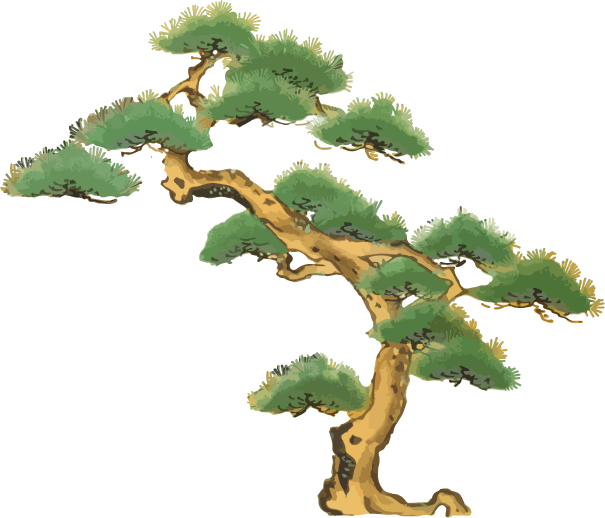
by Elizabeth Andoh | Dec 3, 2025 | Kitchen Culture
Pine as a symbol of longevity and resilience Because pine trees are hardy evergreens, they are a symbol of longevity and resilience in Japanese culture. As such they are a key motif used at New Year’s. Various foods are configured to evoke the image of pine needles...
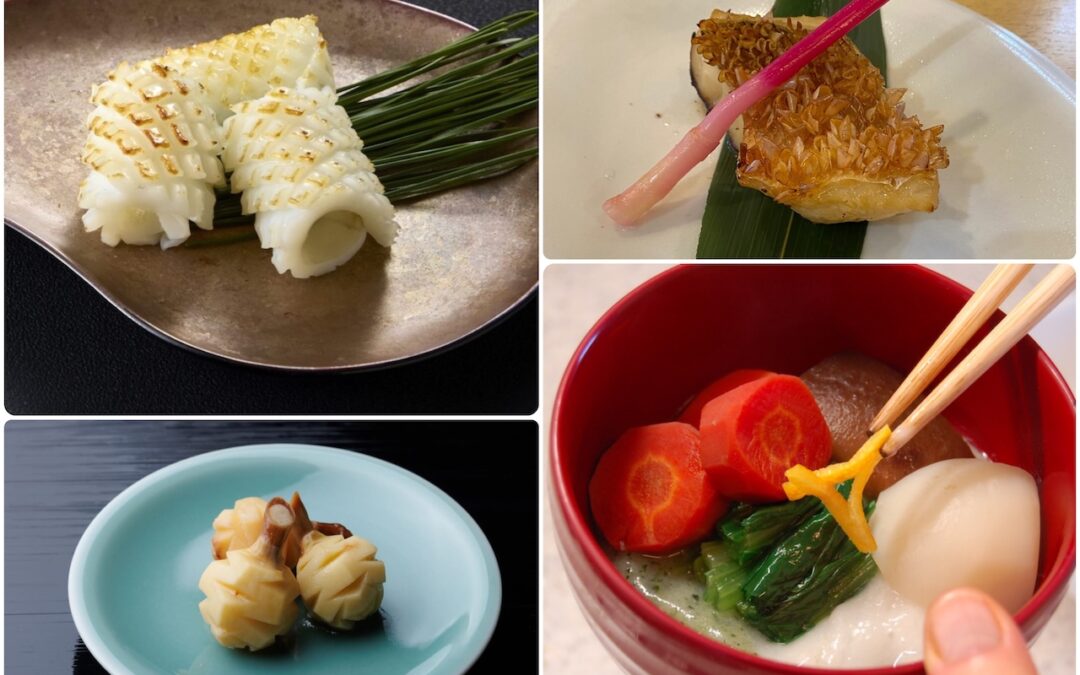
by Elizabeth Andoh | Dec 3, 2025 | Kitchen PROJECTS
Pine as a symbol of longevity and resilience Because pine trees are hardy evergreens, they are a symbol of longevity and resilience in Japanese culture. As such they are a key motif used at New Year’s. Various foods are configured to resemble pine. Cones (matsukasa)...
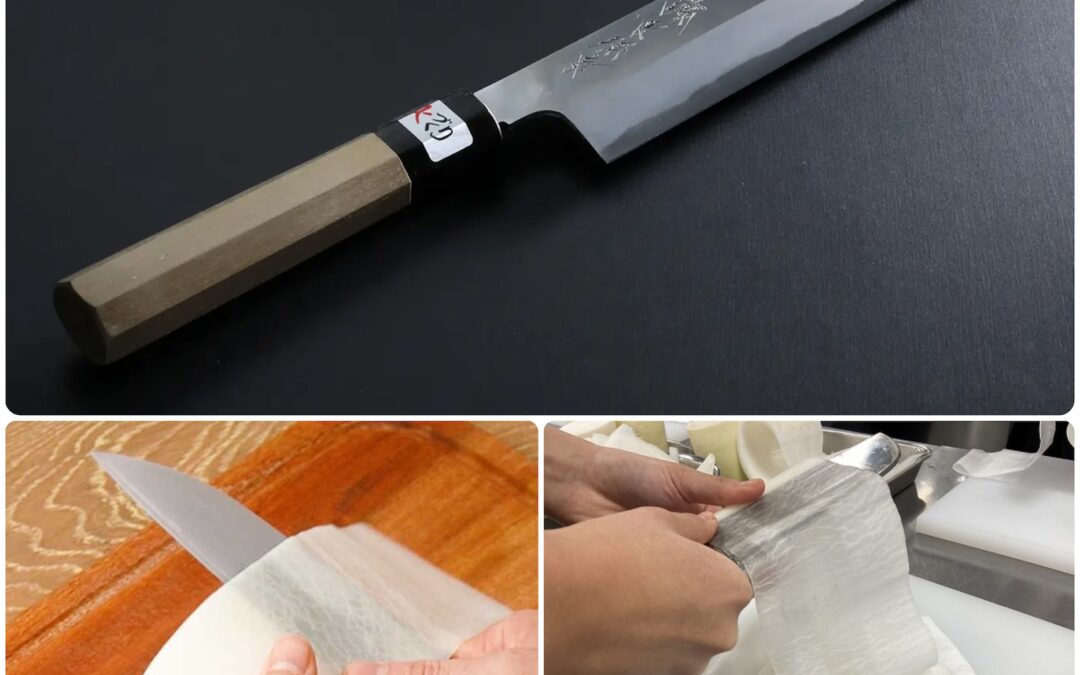
by Elizabeth Andoh | Nov 10, 2025 | Kitchen Culture
KATSURA MUKI Daikon radish is peeled into long, seemingly impossibly thin ribbons in a cut known as katsura muki. The skill needed to produce these peels is the most basic requirement in any Japanese professional kitchen. It typically takes months (if not years) of...
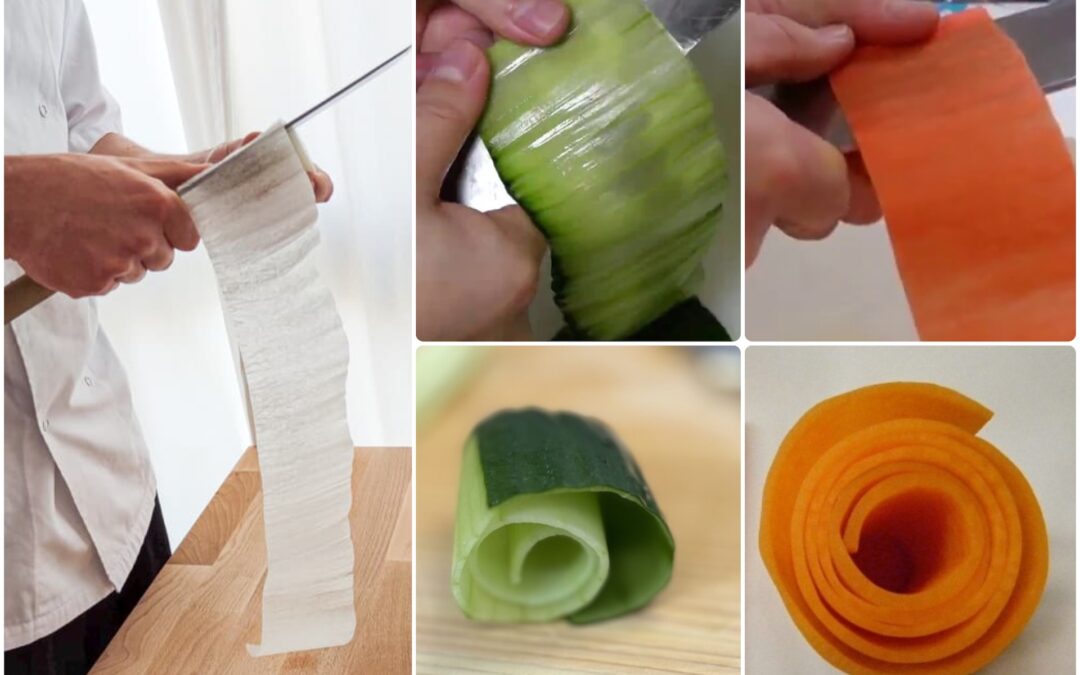
by Elizabeth Andoh | Nov 10, 2025 | Kitchen PROJECTS
PROJECT Katsura Muki This PROJECT is about learning to make katsura muki, a classic cutting technique in the traditional Japanese kitchen. When done properly, long, flowing, continuous and incredibly thin peels are produced from vegetables such as daikon radish,...
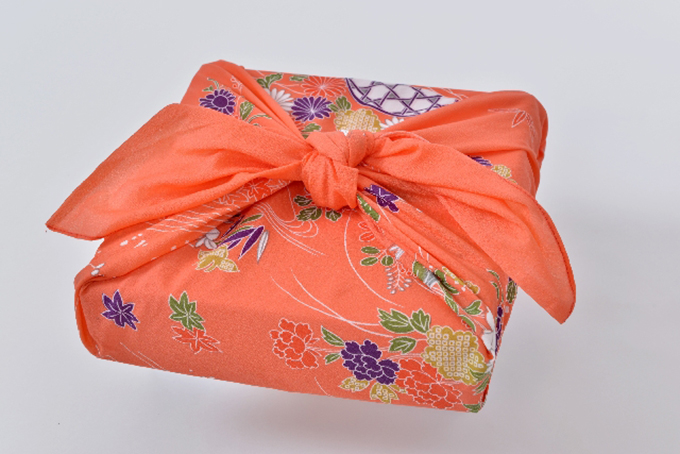
by Elizabeth Andoh | Oct 16, 2025 | Kitchen Culture
Tsutsumu… wrapping, enveloping FUROSHIKI Written with calligraphy for “bath” (furo 風呂) and “spread out” (shiki 敷) the word is rather curious for a piece of cloth. It seems the origins hark back to the Muromachi Period (1336-1573 AD) when Daimyo lords would...
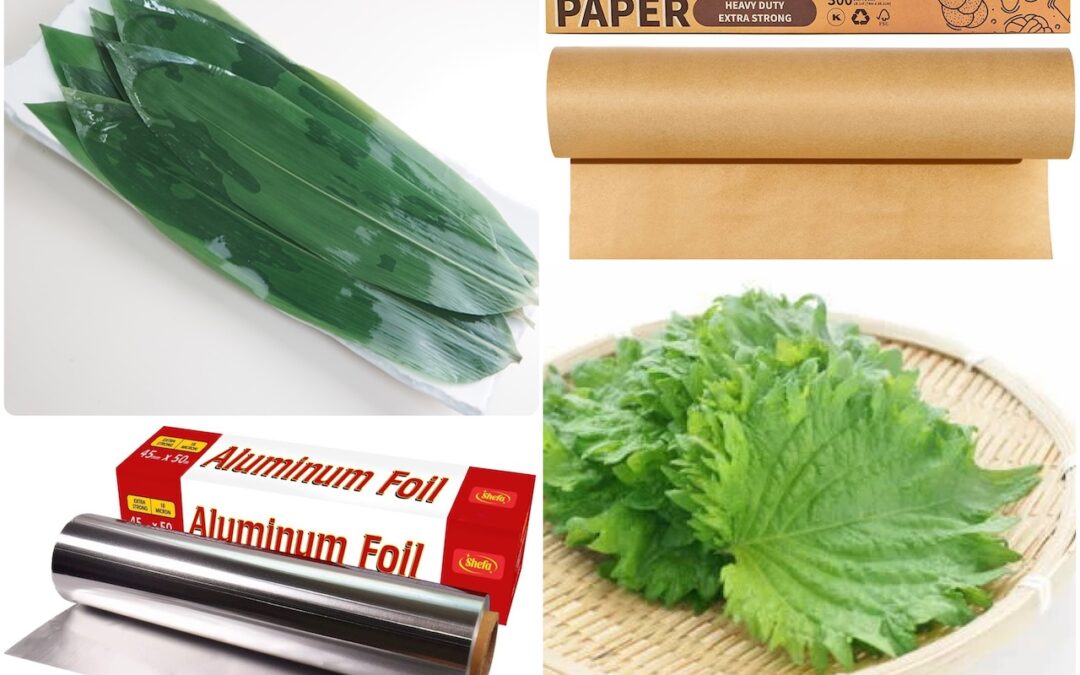
by Elizabeth Andoh | Oct 16, 2025 | Kitchen PROJECTS
TSUTSUMU: Wrapping, enveloping Wrapped foods are varied. Sometimes parchment or foil is used to enclose foods before they are cooked. Other times the wrappers are edible making pop-in-your-mouth savory packets. Below, two examples for you to try in your kitchen....
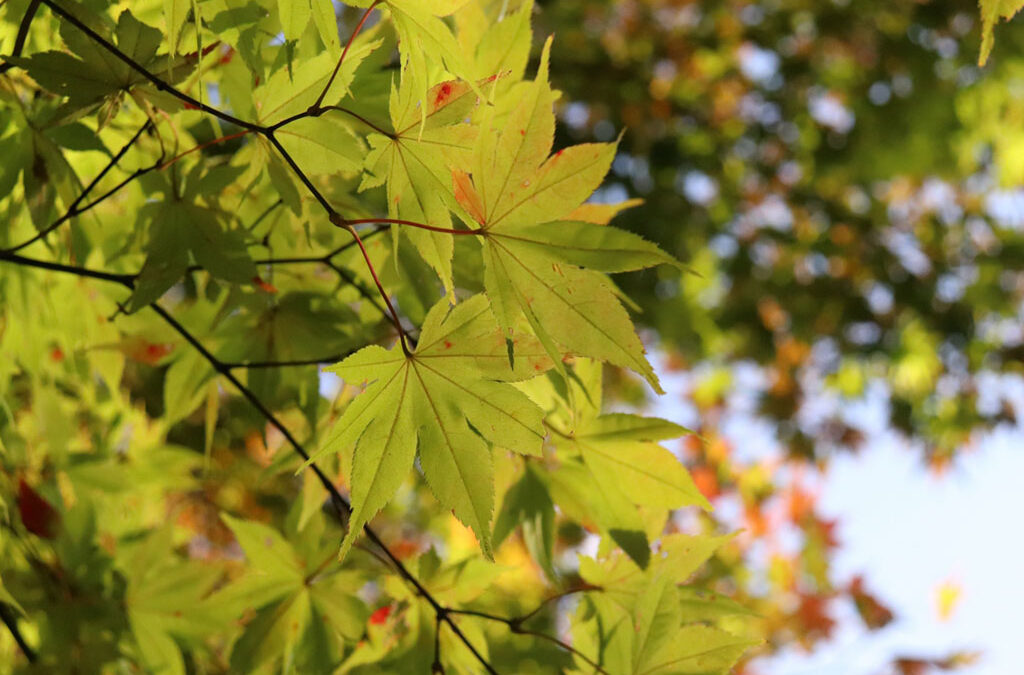
by Elizabeth Andoh | Sep 2, 2025 | Kitchen Culture
The ancient, lunar-based koyomi almanac marks the start of autumn with risshū 立秋. When hot weather continues beyond that time, the phenomenon is referred to as zansho 残暑, literally “lingering heat.” On the Gregorian calendar, this year (2025) risshū...
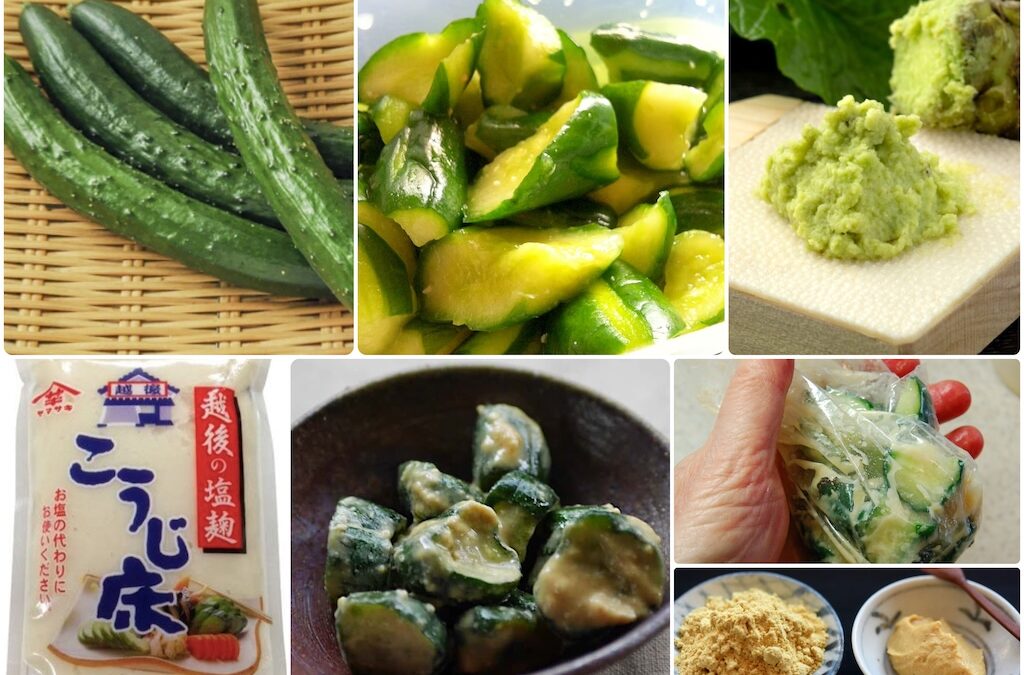
by Elizabeth Andoh | Sep 2, 2025 | Kitchen PROJECTS
Crunchy, Spicy Cucumbers The catergory of foods known as tsukémono runs the gamut from sokuseki (“impatient”) and asazuké (lightly pickled) to furuzuké (literally “old” or overly pickled) foods that are intensely-flavored and/or deeply...
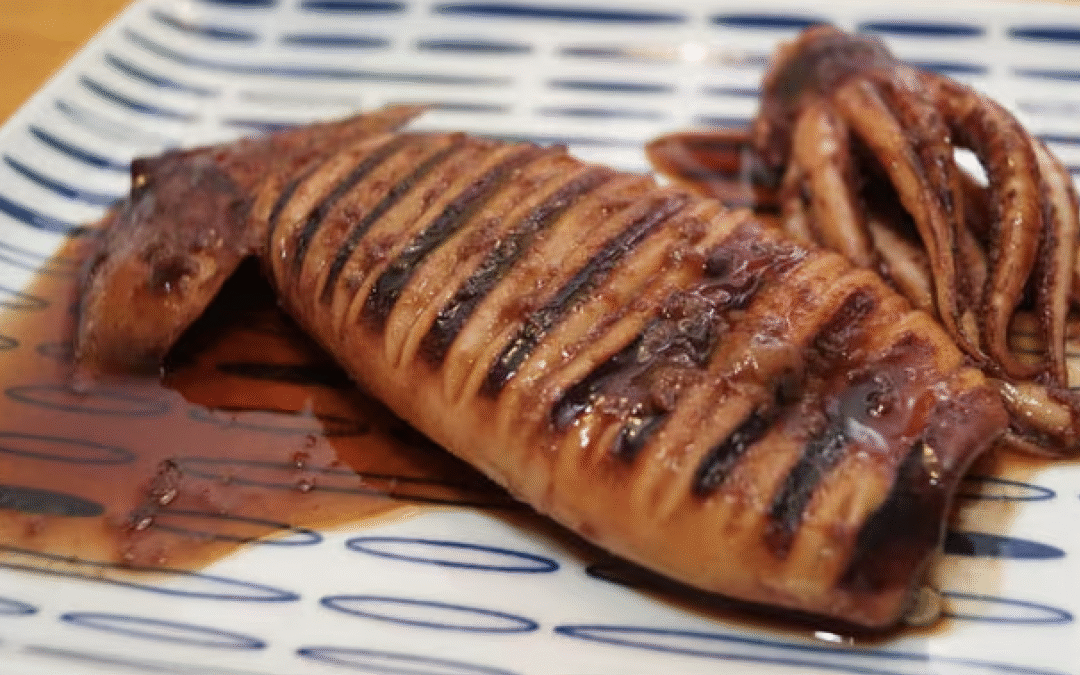
by Elizabeth Andoh | Aug 7, 2025 | Kitchen PROJECTS
PROJECT Ika Yaki Gingery griddle-seared squid, IKA YAKI イカ焼き is a favorite summer festival food sold thoughout Japan at yatai food stalls. Visit the Summer Festival Food: YATAI post for more information about summer festivals and the food sold at yatai stalls. This...

by Elizabeth Andoh | Aug 7, 2025 | Kitchen Culture
SUMMER FESTIVALS: Yatai, Mikoshi, Bon Odori, Hanabi Throughout Japan summertime is a time for natsu matsuri: summer festivals. And that means hanabi 花火 (fireworks), mikoshi 神輿 (portable Shinto shrines paraded through the streets during festivals), and bon odori...
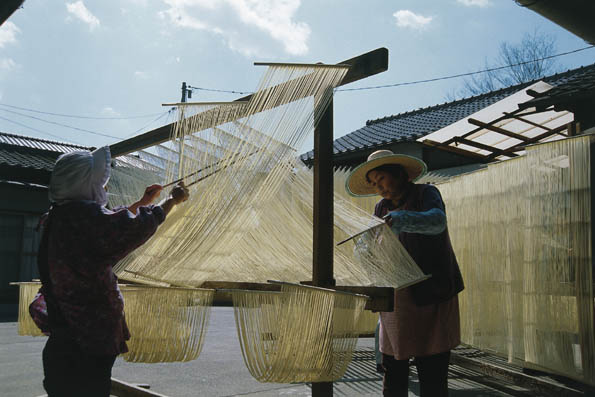
by Elizabeth Andoh | Jul 5, 2025 | Kitchen Culture
Hand-Stretched Noodles 手延べ素麺 TÉNOBÉ SŌMEN As the heat and humidity of summer settles in, appetites begin to wane. That’s when chilled sōmen noodles provide solace. Indeed, sōmen have been refreshing heat-weary Japanese since at least the 8th century. Sōmen noodles...
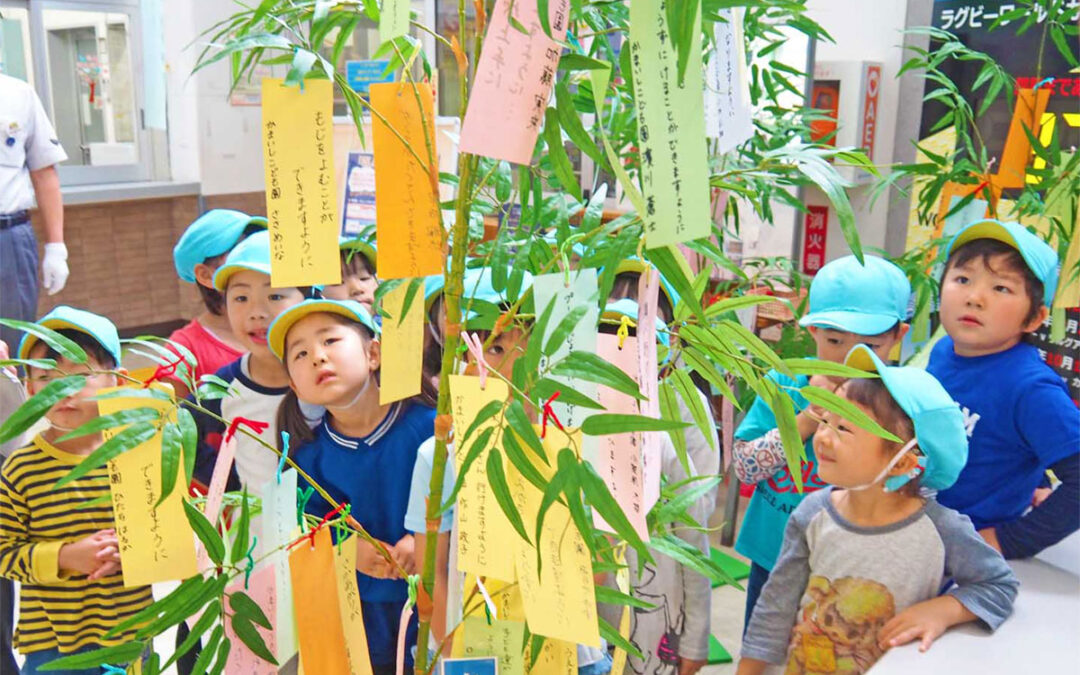
by Elizabeth Andoh | Jul 5, 2025 | Kitchen PROJECTS
The Tale of TANABATA 七夕伝説 The Tale of Tanabata, which originated in China, has been told in Japan for at least 1200 years. The Japanese version tells the story of a cowherd (Kengyū in some versions, Hikoboshi in others, as the star Altair), and the Weaving Princess...

by Elizabeth Andoh | Jun 13, 2025 | Kitchen PROJECTS
MAMÉ-ZARA FunCollecting and Using Small Plates Part of the fun of collecting dishes and other tabletop accessories, is to assemble wide-ranging variations within a category. With mamé-zara, one way to do this is focus on a color scheme such as red and then collect as...
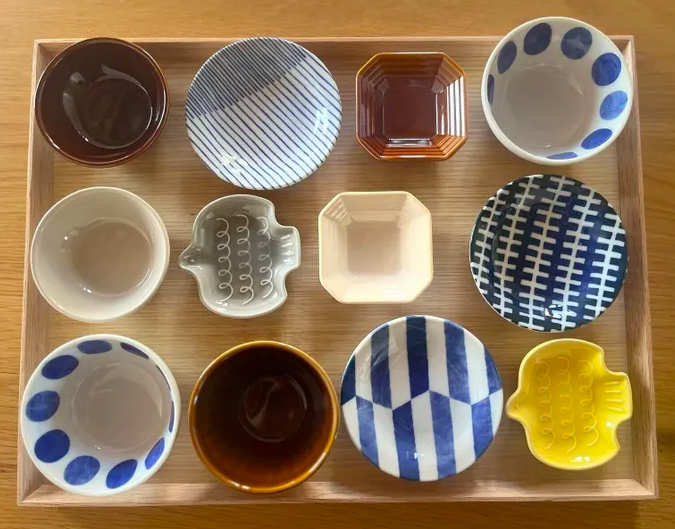
by Elizabeth Andoh | Jun 13, 2025 | Kitchen Culture
MAMÉ-ZARA 豆皿 (Small Plates) One of the distinctive features of Japanese food arrangement is the use of many small plates and bowls in serving a meal. These vessels are typically varied in appearance (color, shape, design) and generally hold small portions of food...
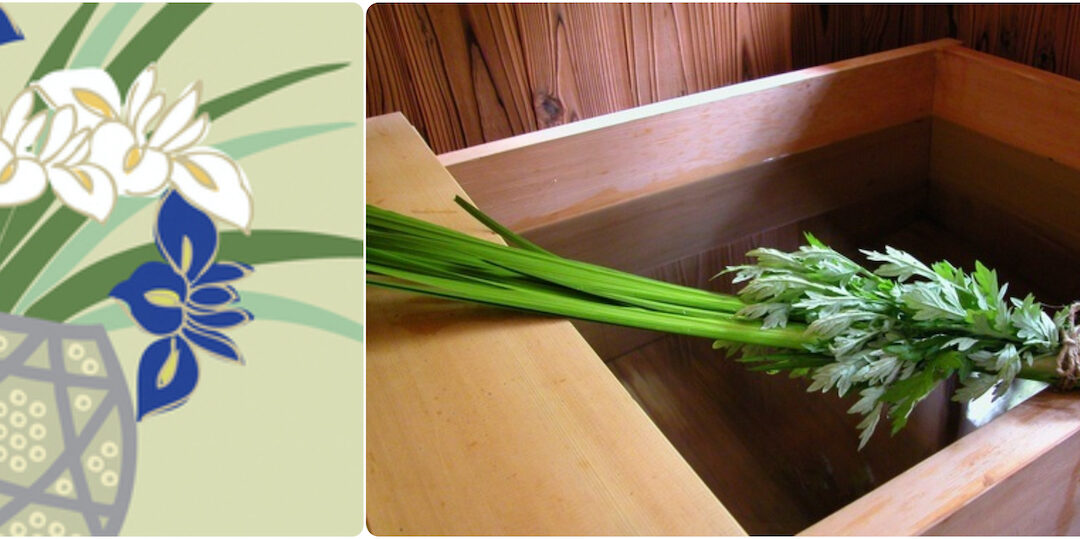
by Elizabeth Andoh | May 3, 2025 | Kitchen Culture
SHŌBU: 尚武・勝負・菖蒲 In Japanese, the words for martial spirit (shōbu, 尚武), victory (shōbu, 勝負), and a reed that is a botanical relative of the iris flower (shōbu 菖蒲) make a fortuitous pun. Throughout Japan, during Golden Week, fragrant bunches of shōbu (iris reeds), are...
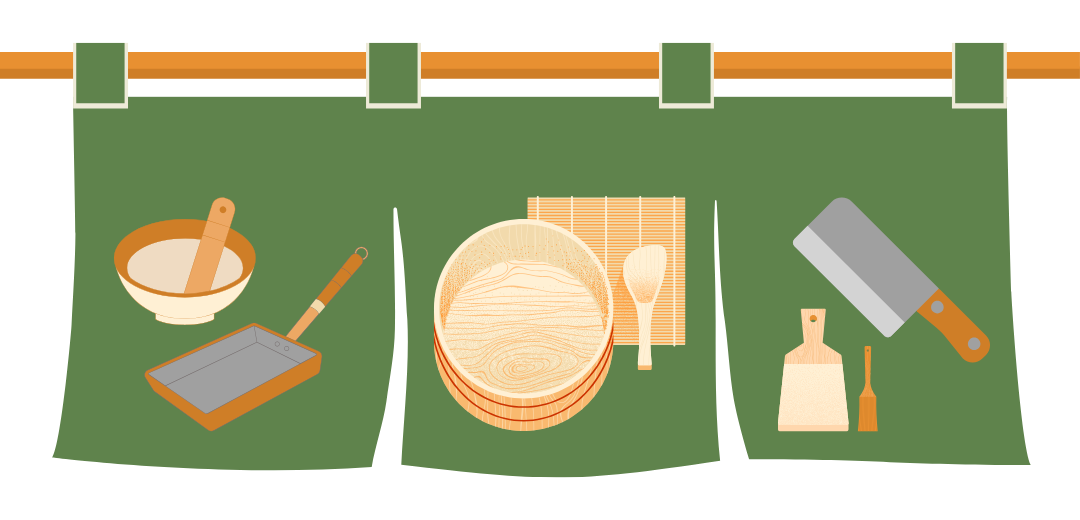
by Elizabeth Andoh | Apr 17, 2025 | Kitchen Culture
In Japan, April is the time for new beginnings — the start of a new school year, a new fiscal year, and changes to many established programs on TV, radio and other media outlets. In tune with this custom, I’ve made some changes at A Taste of Culture this...
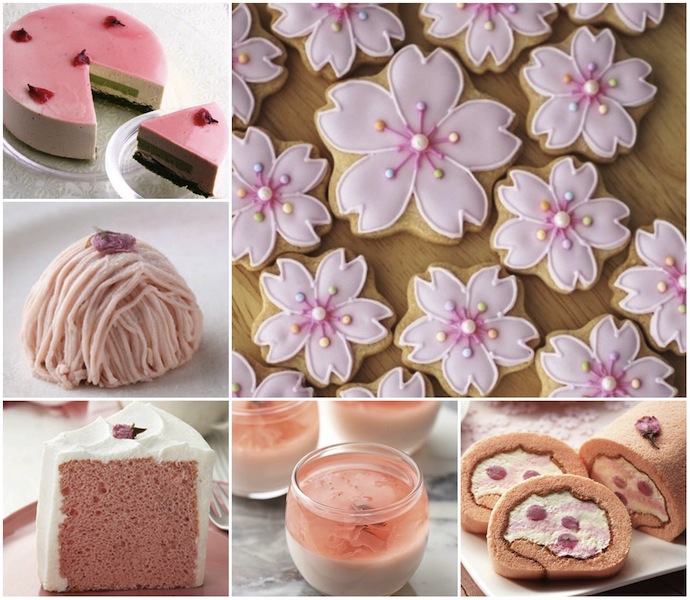
by Elizabeth Andoh | Mar 25, 2025 | Kitchen PROJECTS, Spring
洋菓子・yōgashiWestern-Style Confectionery Japan’s food culture includes ingredients, techniques and dishes that have been adopted and/or adapted from non-Japanese sources. One large category is confectionery. Earliest influences were from the Portuguese in the...
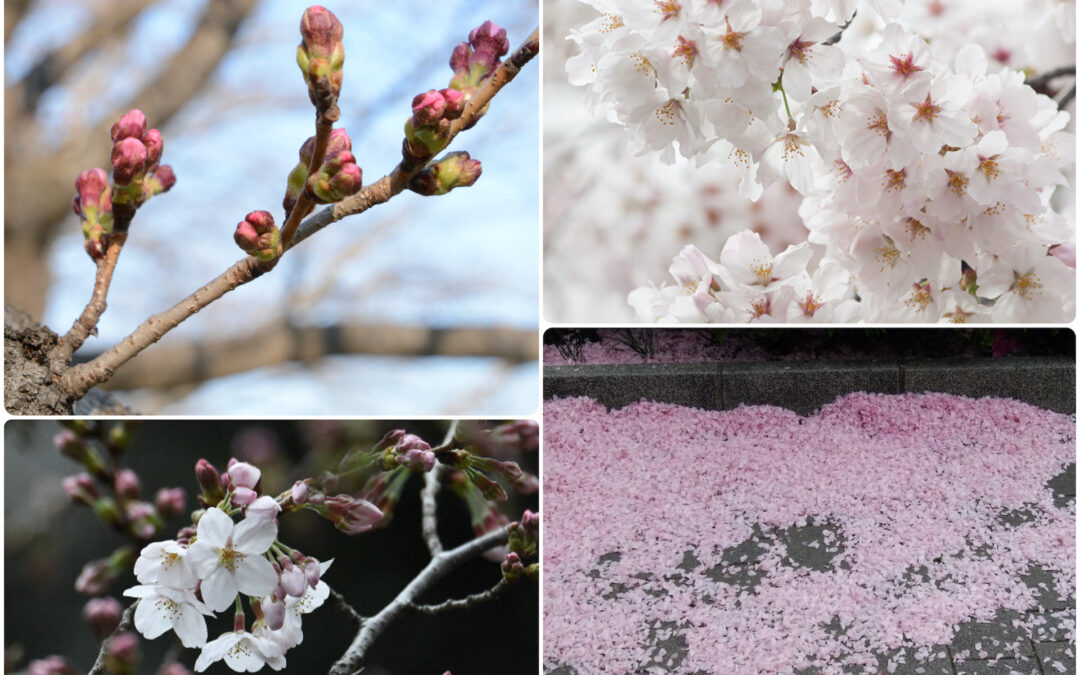
by Elizabeth Andoh | Mar 25, 2025 | Kitchen Culture, Spring
The Japanese take great pleasure in celebrating the seasons and SAKURA (cherry blossoms) are emblematic of spring. From the time buds (tsubomi 蕾) first appear to the official pronouncement of blooming (kaika 開花) it is often less than a week. And from there to...
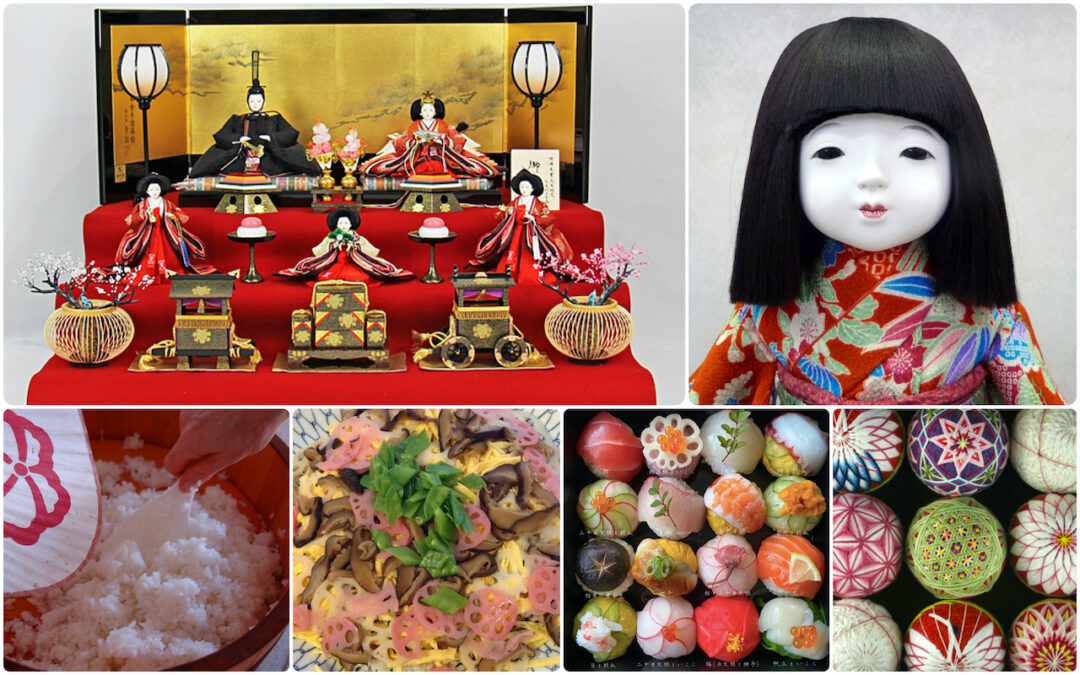
by Elizabeth Andoh | Feb 26, 2025 | Kitchen PROJECTS, Spring
This KITCHEN PROJECT features temari-zushi, bite-sized spheres of tart rice topped with various ingredients. HINA MATSURI is celebrated on March 3 and during the weeks leading up to it, and for several weeks thereafter, scattered chirashi-zushi and/or temari-zushi ...
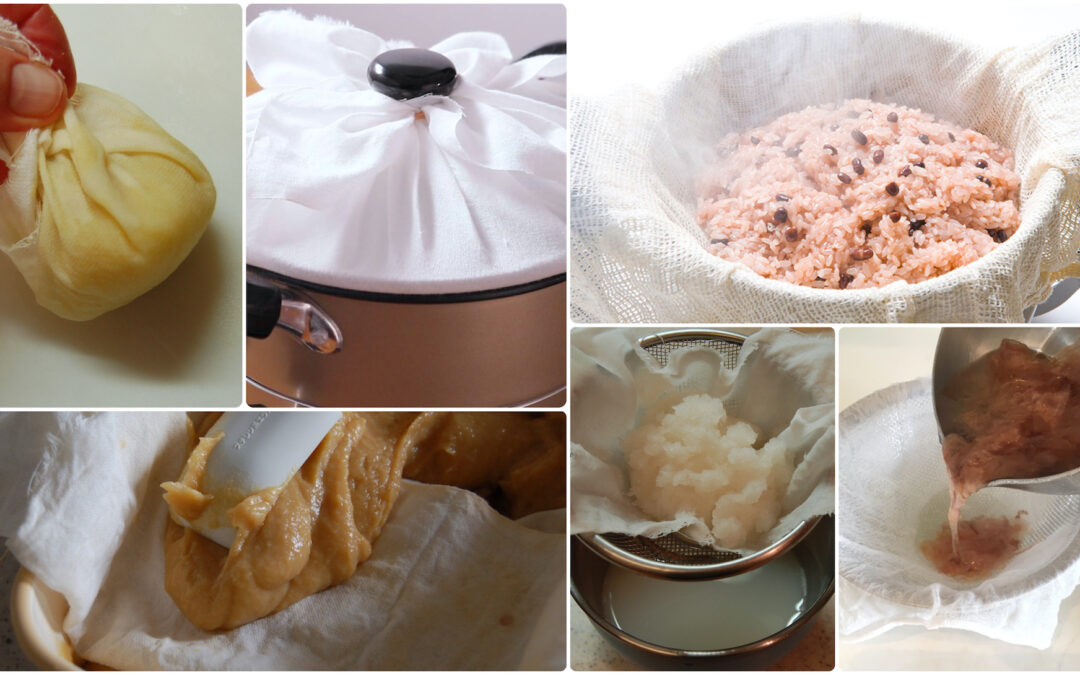
by Elizabeth Andoh | Feb 26, 2025 | Kitchen Culture, Tools & Techniques
Cloth is the work horse, and often unsung hero, of the kitchen. In the Japanese kitchen, cloth enables the cook to perform a wide range of tasks such as lining steamers, draining and straining, enveloping, and shaping. fukashi nuno 蒸し布 Cloths known as fukashi nuno 蒸し布...





















